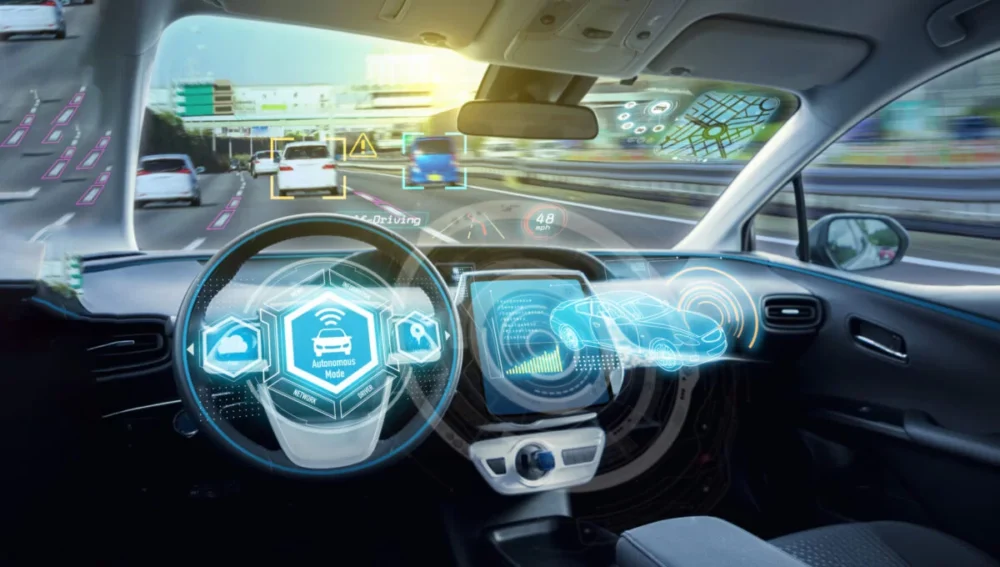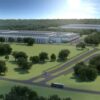Tesla Inc (NASDAQ: TSLA) must defend itself in a certified class action brought by California drivers who accused Elon Musk of misleading them for eight years about the self-driving abilities of Tesla vehicles.
U.S. District Judge Rita Lin ruled on Monday that the common question of whether Tesla lacked the necessary sensors for high-level autonomy justified group lawsuits. She also cited Tesla’s failure to demonstrate a long-distance autonomous drive with any vehicle as another key factor.
Thousands of Tesla drivers likely saw company statements from October 2016 to August 2024, Lin noted. The “Autopilot” section of Tesla’s website claimed its vehicles contained hardware for full self-driving.
Additionally, Tesla made similar assertions in blog posts, newsletters, and quarterly calls. Musk himself echoed these claims at a 2016 press conference. Lin wrote that Tesla’s distinctive advertising approach separated it from traditional carmakers, which typically rely on mass advertising or dealerships.
Tesla argued it was unreasonable to assume that all class members viewed the contested statements. The company also claimed there was no proof that the statements were material.
However, Lin emphasized that Tesla’s direct-to-consumer model increased the likelihood that interested buyers visited its website for information about Full Self-Driving technology. Lawyers for Tesla did not immediately comment on the ruling.
The certified classes cover drivers who bought Tesla’s Full Self-Driving package from May 2017, to July of 2024, provided they opted out of Tesla’s arbitration clause. In addition, the classes include drivers who purchased the package from October 2016, to May 2017. However, Lin declined to certify a class of drivers who purchased the Enhanced Autopilot package, since its primary qualities did not require full self-driving functionality.
Read more: Pony.ai gets Chinese nod for driverless taxis in Shenzhen financial district
Read more: WeRide provides tech and support for an autonomous driving project in Switzerland
Tesla has faced multiple setbacks to delivery autonomous vehicles
Class actions allow plaintiffs to seek larger recoveries at lower costs compared to individual lawsuits. Meanwhile, federal regulators have scrutinized the safety of Tesla’s Full Self-Driving software. The program is also central to Tesla’s ambitious robotaxi plans, which Musk has promoted as a cornerstone of the company’s future.
The case, formally known as In re Tesla Advanced Driver Assistance Systems Litigation, is being heard in the U.S. District Court for the Northern District of California under case number 22-05240. The outcome could shape Tesla’s legal exposure, as well as the broader debate over autonomous driving claims in the auto industry.
Tesla has faced multiple setbacks in its push to deliver fully autonomous vehicles. Regulators have repeatedly flagged safety concerns, particularly after accidents linked to Tesla’s Autopilot and Full Self-Driving systems. In 2018, a Tesla Model X operating under Autopilot crashed in Mountain View, California, killing the driver. Investigators later found that the system steered the car into a highway barrier without adequate driver warning. Additionally, in 2021, a Tesla operating in Texas crashed into a tree, killing two occupants. Authorities initially believed no one was in the driver’s seat, raising questions about system misuse and oversight.
Tesla’s promise of self-driving capability has also collided with technological hurdles.
The company has relied on cameras instead of lidar sensors, a choice that critics argue limits perception in low-visibility conditions. Furthermore, Tesla’s software often struggles with construction zones, complex intersections, and unusual traffic patterns.
U.S. regulators, including the National Highway Traffic Safety Administration, have opened multiple investigations into whether Tesla overstated safety and automation features.
Read more: ChatGPT coughs up false murder accusations, Norwegian government notified
Read more: OpenAI dips toes into creative writing waters with new model
Global limits on self-driving cars
Governments worldwide have imposed restrictions on self-driving cars, citing safety and liability concerns.
Self-driving technology is divided into six tiers. Level 0 requires full human control. The first level adds basic assistance like cruise control. Level 2 enables partial automation, such as lane keeping. Level 3 allows conditional autonomy. The fourth level, however, supports high automation in limited areas. Level 5 offers full autonomy everywhere.
In Europe, Germany allows Level 3 autonomous driving but requires a human driver to remain ready to take control. Additionally, strict data recording rules mandate black box systems to monitor performance. Meanwhile, the United Kingdom permits limited autonomous trials but only under safety-driver supervision.
Other countries have set similar boundaries. In Japan, regulators approved Level 3 systems on highways but insisted that drivers stay alert. Furthermore, manufacturers must prove compliance with cybersecurity and accident reporting standards. In Canada, provinces such as Ontario allow pilot projects, but autonomous vehicles must have a licensed driver inside.
The United States has taken a state-based approach. California, for example, bans full driverless cars for public sale and demands extensive testing permits. In addition, companies must file disengagement reports detailing how often human drivers intervened. Meanwhile, Arizona permits more expansive trials but still requires emergency fallback protocols.
China has embraced testing zones but maintains strict geographic limits. Furthermore, regulators prohibit fully driverless taxis outside approved urban districts. Authorities also enforce constant remote monitoring to ensure accountability.
These restrictions reflect caution as governments balance innovation with public safety. Regulators worldwide continue to monitor crash data, software updates, and consumer protection concerns before granting broader approvals.
.
Follow Joseph Morton on Twitter
joseph@mugglehead.com











